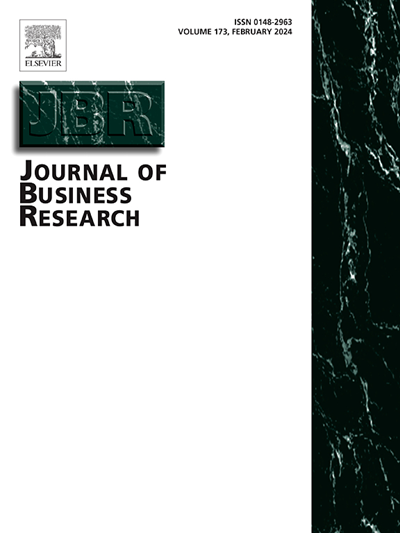光与影共舞:灵活的领导如何以及何时促进或抑制员工创新
IF 9.8
1区 管理学
Q1 BUSINESS
引用次数: 0
摘要
先前的研究强调了工作压力在灵巧型领导与员工绩效之间的中介作用,但研究结果仍然复杂且不一致。为了解决这一问题,我们将挑战-障碍压力源框架与双灵巧领导理论相结合,提出双灵巧领导通过感知压力源对创新工作行为产生积极和消极的影响。利用资源配置框架,我们还探讨了责任心的曲线调节效应。通过对中国企业的视频实验和三波调查,我们的研究结果表明,双灵巧型领导增加了挑战压力源和阻碍压力源,从而分别增强或减弱了IWB。此外,责任心在中等水平上强化了挑战应激源与IWB的正相关,在高水平上减弱了这种正相关,而在高水平上则放大了障碍应激源与IWB的负相关。这些发现促进了对双刃剑效应和压力感知作用的理解。本文章由计算机程序翻译,如有差异,请以英文原文为准。
Light and shadow dance together: How and when ambidextrous leadership enhances versus inhibits employee innovation
Previous studies highlight the mediating role of workplace stress in the relationship between ambidextrous leadership and employee outcomes, but findings remain complex and inconsistent. To address this, we integrate the challenge-hindrance stressor framework with ambidextrous leadership theory, proposing that ambidextrous leadership influences innovative work behavior (IWB) both positively and negatively via perceived stressors. Drawing on the resource allocation framework, we also explore the curvilinear moderating effect of conscientiousness. Using a video vignette experiment and a three-wave survey in Chinese firms, our findings revealed that ambidextrous leadership increased both challenge and hindrance stressors, which, in turn, enhanced or diminished IWB, respectively. Furthermore, conscientiousness strengthened the positive relationship between challenge stressors and IWB up to a moderate level but weakened it at high levels, while amplifying the negative relationship between hindrance stressors and IWB. These findings advance understanding of the double-edged effect of ambidextrous leadership and the role of stress perceptions.
求助全文
通过发布文献求助,成功后即可免费获取论文全文。
去求助
来源期刊

Journal of Business Research
BUSINESS-
CiteScore
20.30
自引率
10.60%
发文量
956
期刊介绍:
The Journal of Business Research aims to publish research that is rigorous, relevant, and potentially impactful. It examines a wide variety of business decision contexts, processes, and activities, developing insights that are meaningful for theory, practice, and/or society at large. The research is intended to generate meaningful debates in academia and practice, that are thought provoking and have the potential to make a difference to conceptual thinking and/or practice. The Journal is published for a broad range of stakeholders, including scholars, researchers, executives, and policy makers. It aids the application of its research to practical situations and theoretical findings to the reality of the business world as well as to society. The Journal is abstracted and indexed in several databases, including Social Sciences Citation Index, ANBAR, Current Contents, Management Contents, Management Literature in Brief, PsycINFO, Information Service, RePEc, Academic Journal Guide, ABI/Inform, INSPEC, etc.
 求助内容:
求助内容: 应助结果提醒方式:
应助结果提醒方式:


